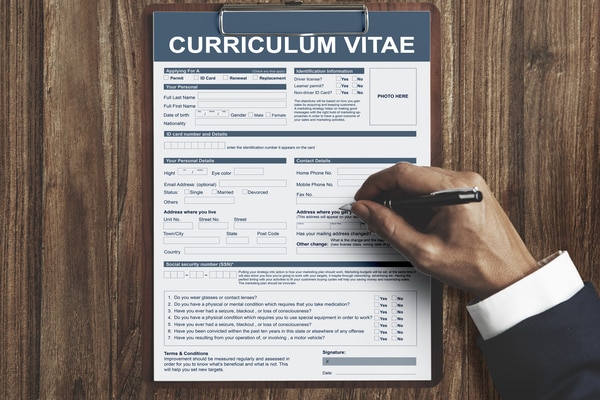Resume
What is a Resume?
A resume sometimes called a curriculum vitae (CV), is a document that includes details about your education, achievements, and work experience.
How to Format Your Resume
There are no specific rules for how to format your Canadian resume, but here are some tips and strategies on how to make your resume look professional.
- Include a heading above each new section of your resume.
- Keep your resume between one and two pages long. Don’t make it too long or too short since it will lose its value and goal.
- Your font should be consistent throughout your resume. You should use two fonts: one for headings and one for content. You should also choose a professional-looking font. Choose a font size that is big enough to read.
What to Include in Your Resume
Every Canadian resume should cover the following four sections: name, contact information, work experience, and education. Also, you can choose to include any volunteer experience you have and any awards you’ve received.
- Name
You should include your first and last name, in order and with the largest font on your resume. There is no need to include the middle name. Typically, this will be the largest font on your resume. - Contact Information
Your contact information should be positioned directly below or beside your name. It should include your basic contact information like Email address, phone number, and current residential address. - Work History
This demonstrates your professional experience. It is good to list ist your previous occupations in chronological order including your position, name of the company you worked at, years you held the position, and three duties you tackled. - Education
Start with the highest degree you achieved and go downwards. If you have more than one degree of the same level, order them by relevance to the position you’re applying for. Only include current or completed degrees. For each degree, include: - Program of study
Name and type of institution that issued the degree
The type of degree you earned
The years you attended
Optional: Volunteer Work Volunteer work is highly valued by Canadian employers. This will make you more nominated to be chosen by Canadian employers. For each volunteer experience, include: your position, the name of the organization you volunteered for, the years you held the position, and three responsibilities you had or duties you performed
Optional: Achievements If you have received any awards or other official recognitions that are relevant to the position you are applying for, you should include them. Limit the achievements you list to the three most relevant and/or significant. Include a short description of what the award was granted for.
However, there are things you should not include in your Canadian resume like:
Overly Personal Information: gender, sexual orientation, nationality, religion, weight, height, age, marital status, citizenship status, family status, disability, blood type
Information About your Parents: Include only information about you and the position you are applying for.
Annexes: Your resume should be no more than two pages in total.
Personal Pictures
Design elements such as graphs, tables, icons, or illustrations. If you choose to use color, choose it simple.
References If you reach the stage of the hiring process where references are required, the employer will request them.

